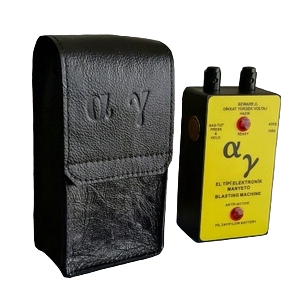
Handheld Electronic Blaster
A lightweight and practical device used for quickly and easily firing a small number of detonators. It allows the ignition of 1 to 20 detonators. The leather holster, which can be attached to a belt, provides easy portability.
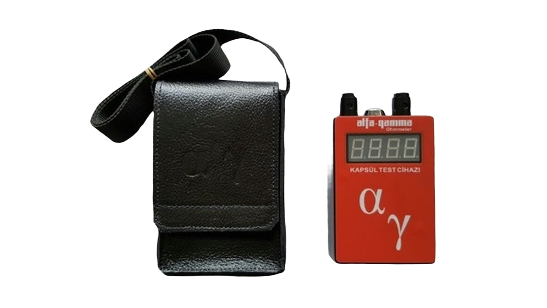
Detonator Testing Device (Ohmmeter)
Used for easy and safe testing of detonators. Detonator resistances are obtained with high precision. For use, simply connect the series-wired detonators to the terminals and press the button.
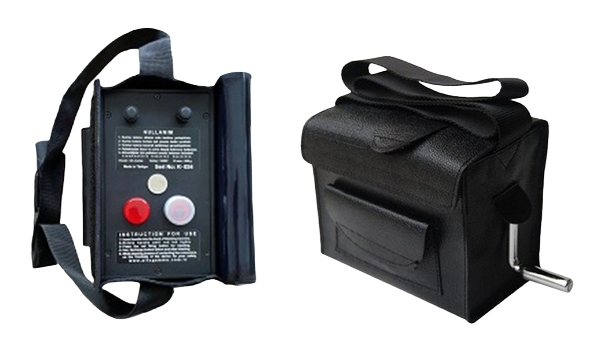
Blaster (Crank Type)
Crank-type Blasters, which do not require access to an electrical power source, offer a safe and practical ignition method. The built-in discharge button ensures safe energy release before and after firing. With a 15-second crank, a voltage of 1000 V can be generated, allowing up to 300 detonators to be ignited. Its metallic construction provides high strength and durability. The special leather holster enables effective use in harsh field conditions.
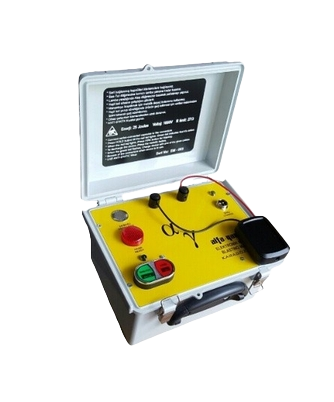
Blaster Testing Device
As a proactive safety measure for work safety, this device allows ignition equipment to be tested before going into the field for blasting operations. The device’s cables are connected to the Blaster terminals, and the test is conducted using green and red buttons. Test approval is indicated with a light signal.
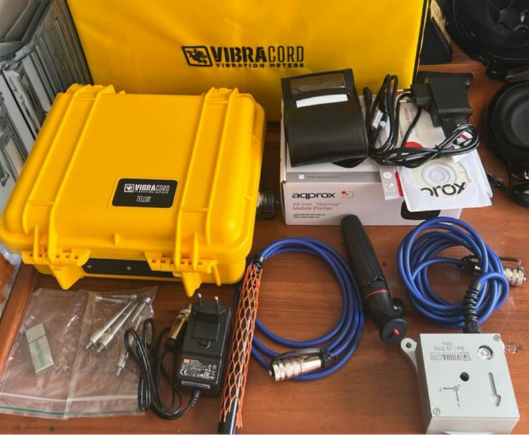
Vibration Measurement Device
Measures parameters such as vibration, airblast, and acceleration with high precision. It provides highly reliable data that helps optimize blasting performance within environmentally compliant limits. With GPS functionality, it offers users remote access. Its multi-channel structure allows connection to multiple transducers. If the preset limits are exceeded, it can send SMS and email notifications to remote users. The device stores records in its memory, and when connected to a computer, it can run its own software for data analysis. Thanks to all these features, it supports maximum-level monitoring and control of vibration and airblast during blasting operations.
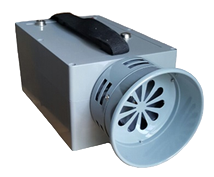
Rechargeable Siren
Featuring an ergonomic and portable design, these rechargeable sirens serve as a complement to vehicle sirens and enhance safety. The sound level reaches up to 130 dB.
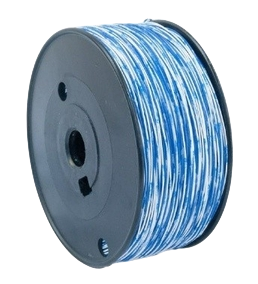
Firing Cable
Used as firing line in ignitions performed with electric detonators. Known also as bell wire, this cable has a resistance of 0.13 Ohms per meter. It is compatible with all crank-type Blasters. The main advantages of widely used firing cables are their ability to cover up to a 500 m safety radius and their cost-effectiveness in setting up firing lines.
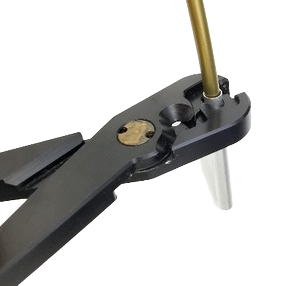
Detonator Pliers
Made from a bronze and brass alloy in a way that prevents spark generation. Used for mounting the detonator to the fuse, cutting the fuse, and creating a detonator cavity in explosives. Includes a stop point to prevent over-tightening.
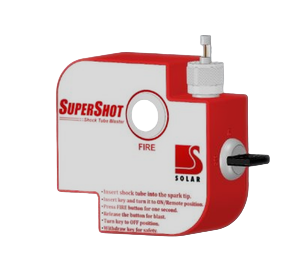
SuperShot – Shock Tube Blaster
SuperShot is a handheld Blaster designed for direct ignition of blasting circuits connected via non-electric detonators. This system allows the use of a shock tube instead of a firing cable, eliminating the need for additional electric detonators and bell wire in the setup. To operate, the crimped end of the shock tube is inserted into the upper triggering slot of the SuperShot after being cut with the device’s built-in mechanism. Ignition occurs when the “FIRE” button is pressed, sending a spark through the shock tube. For safety, SuperShot generates a single spark per button press. Spark production is under 1 second, and each press generates sufficient energy to ignite the shock tube. It uses a replaceable 9V battery, is water-resistant, has a minimum life of 5000 shots, and operates in a temperature range of -25 to +75 °C.
